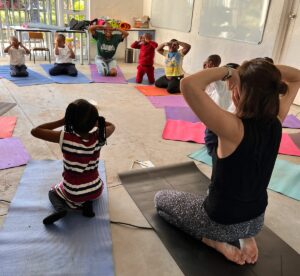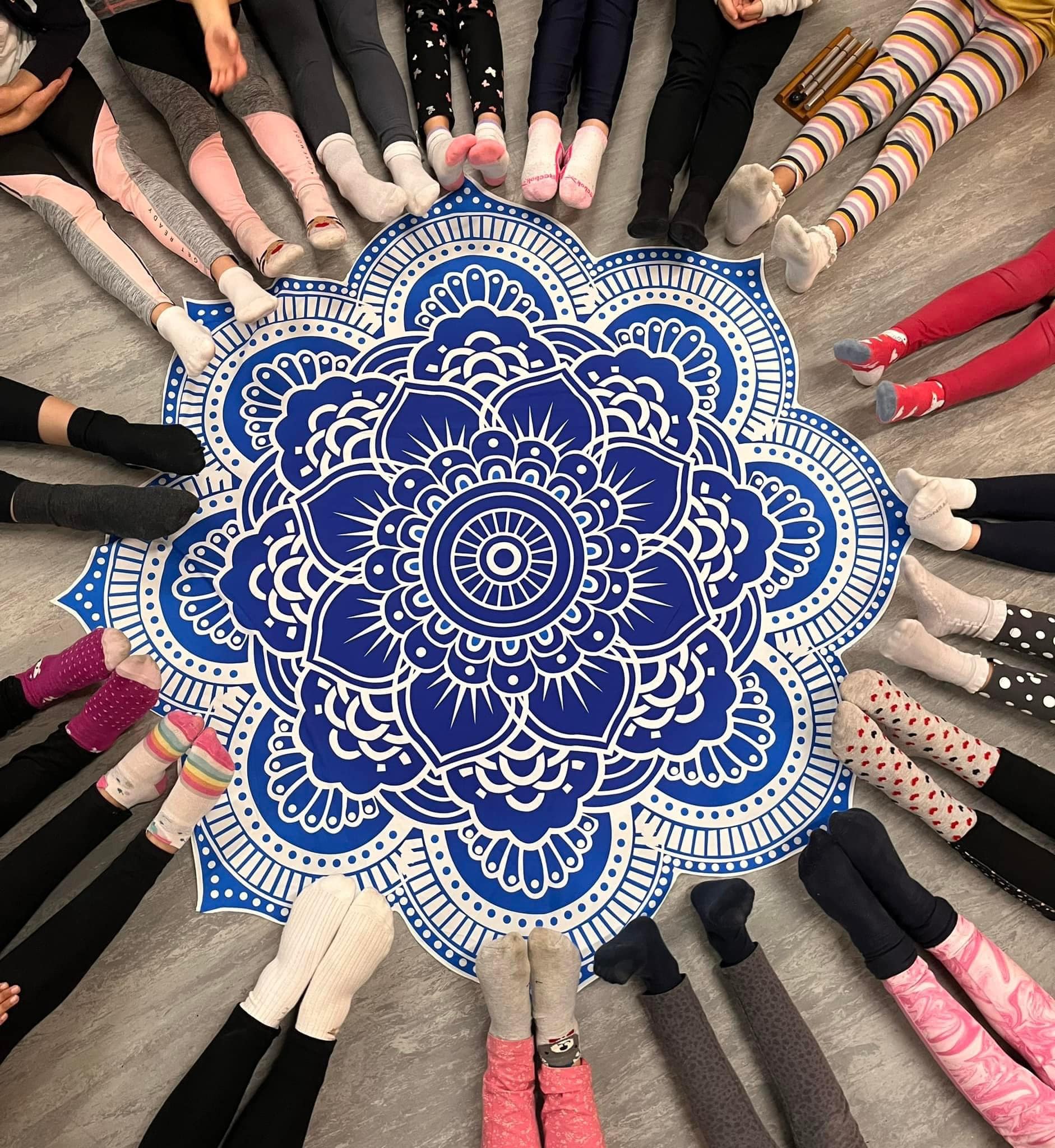
How to deal with emotions when on a Yoga Teacher Training Course:
Have you ever entered a yoga class feeling on top of the world until half way through? Whilst holding a pose, the flood gates suddenly open and you find tears streaming down your cheeks? Or found yourself lying in savasana, deep in a peaceful meditative state when a single tear trickles down the side of your face? A meditation releases an expected memory and your smooth, controlled breath soon turns to sobs… Well, if a yoga class can unleash all these emotions, can you imagine what could unfold whilst delving deeply inwards on a Yoga Teacher Training Course? Preparing to deal with these emerging emotions in a safe and supported space is very important. These tips are specifically crafted to help you to figure out how to deal with emotions when on a Yoga Teacher Training Course
What are the possible solutions?
Having led and attended many teacher trainings over the years, I have come to accept that no matter how hard we may try to hold it back – our personal emotional baggage is bound to show up at some point over these days of self-discovery. And as a practitioner, a student and a teacher, I welcome these releases. I believe they are a vital part of becoming an empathic and compassionate teacher.
Advice for managing emotions on a yoga course:
Such a big part of being a teacher is being able to hold a space for your students to explore, enquire and ultimately let go. Not just in their physical asana, but also in observing the memory of their cells and past experiences. The only way to release these is to allow them to surface. Then observe them and lovingly (and often painfully) begin to heal and set them free.
What can we do to assist our students?
To allow our students to do this, we need to provide a safe and supportive environment. It is important that we remain grounded and present. For this to be possible, we need to have visited and reviewed our own emotional issues and baggage. I believe we are all made up of an assortment of these special ingredients … remnants of all the experiences we have had during our journey from birth.
I don’t love the word baggage, but yes, as this metaphor suggests, the experiences that have affected us are often lugged around. They can be physically held like heavy weights or tight knots in our shoulders, jaws, lower backs, hips, calves etc. So, its not surprising that when we come into certain poses or sit in contemplative silence, we start a process of physical and emotional release.
These are ways that we sort out how to deal with emotions when on a Yoga Teacher Training Course
 Examine your early emotions:
Examine your early emotions:
During the yoga teacher trainings I lead, specializing in children and teen yoga, one of the first meditations we do is one of returning to our early years. Many of the trainee teachers haven’t visited these years for a long time and of course not all of these will be happy, bouncy, joyous years. If any of us think back to our teens we are bound to remember some incredibly challenging times.
Respect the students’ emotional journey:
I always provide a space for these teachers to share their experiences, but this is never an obligation. It is imperative to remember that whilst some students may find sharing very cathartic – for others these are deeply personal, intimate details that they may not feel comfortable talking about. As the trainer holding a space, it’s important to respect this privacy but also to let your student know that a one-on-one with you is available should they wish to chat to you personally.
The reason I lead this meditation is that I want trainee teachers to revisit their own childhood years and experiences before working with the bodies and minds of their own vulnerable students. A children’s yoga teacher does not only have to learn how to lead and observe a class, they must also truly examine their own qualities, through a process of self-awareness and continuous self-assessment.
We know children can push buttons, exploring their boundaries with each new adult that enters their lives and often our immediate reaction comes from a place of our own unresolved issues. If a teacher is feeling frustrated with a student, it is good for us to figure out where this irritation is stemming from and discover the true essence of the problem. When a teacher can examine their own qualities internally, we can see that it is often their own anxiety, pride or insecurity that stands between them and the student.
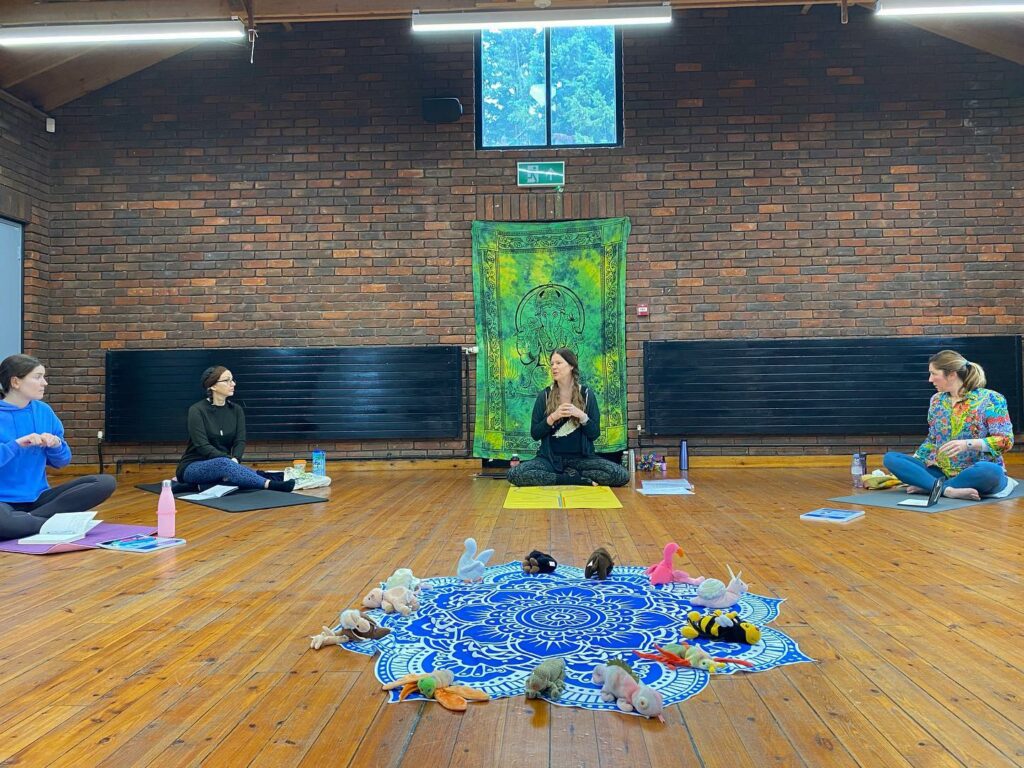
The important qualities of a Children’s Yoga Teacher:
Because the teacher’s disposition and manner determines the atmosphere of the classroom, there are a few essential qualities that a teacher must examine before holding a space. Of course, there is the learning and practising of poses, the yoga philosophy to read, study and practice but there is also the imperative process of personal spiritual preparation. This inner exploration is essential to building relationships with students.
If a teacher is lacking in self-awareness, she may misinterpret or misunderstand a student’s behaviour and this often creates barriers between them. Controlling her own reaction to a student’s actions and understanding where this reaction comes from is an important place for a teacher to begin her spiritual quest.
Practice the art of patience:
Above and beyond demonstrating a perfect pose I believe that equanimity, patience and humility are some of the most essential qualities of a good yoga teacher. And this is where “living our yoga” becomes all-important. We need to be sure that the yoga philosophy we weave into our classes is what we are practicing when we step off the mat and out of the studio.
As we explore and reflect upon the Yamas and Niyamas – the roots and trunk of the 8-fold path that are at the very core of our yoga practice – it is vital that we start unpacking and reflecting on our own make up, those ingredients that make us who we are, the baggage, the unresolved issues. It’s all the gritty stuff that we need to revisit, because in doing so we are not only freeing ourselves, learning to forgive, learning self-love and self-care but we are giving our students permission to do the same. And this is where the true yoga begins … the yoking, the merging, the connecting.
Embrace you emotions:
So, the next time you feel an emotional release sneaking its way into your practice, welcome it, observe it, learn from it and lovingly set it free. And when one of your students experiences one of these moments – hold the space for them to do this and be grateful that they have felt safe enough in your hands to do so.
We hope you enjoyed reading our article on dealing with emotions on a Yoga Teacher Training Course.
For more info contact us.


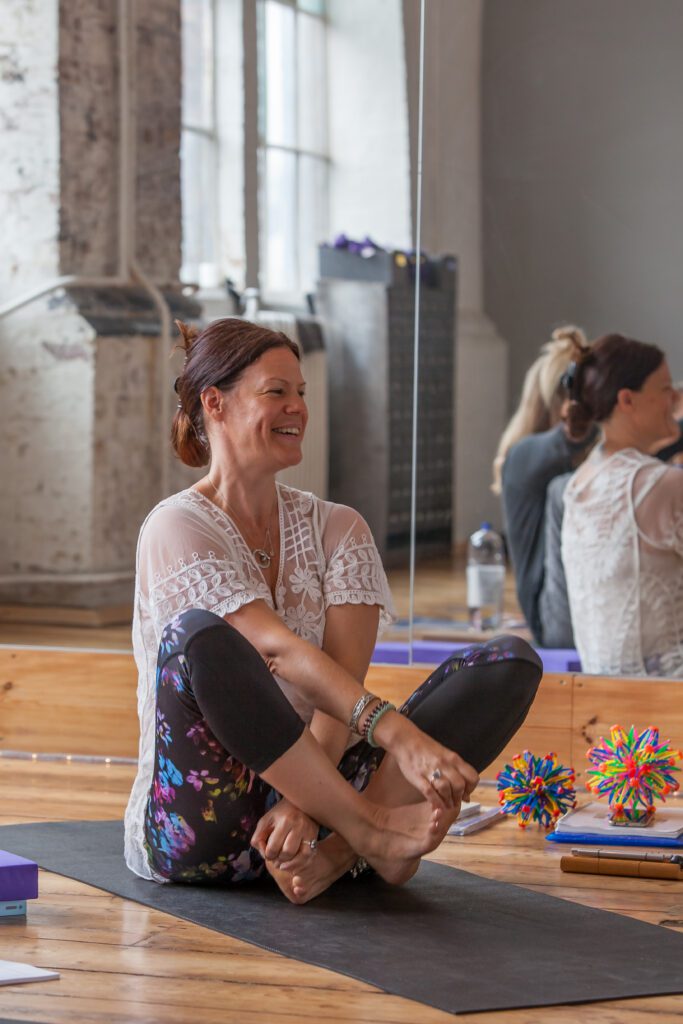
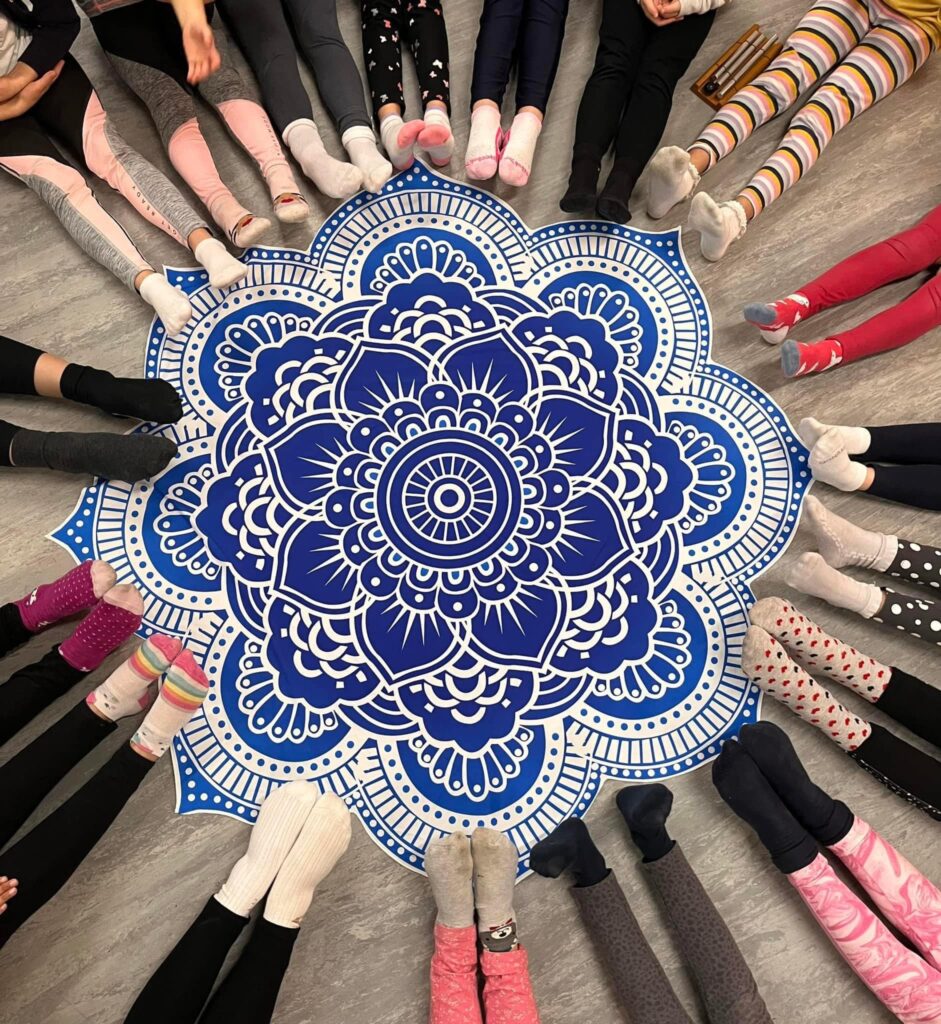 Examine your early emotions:
Examine your early emotions:


